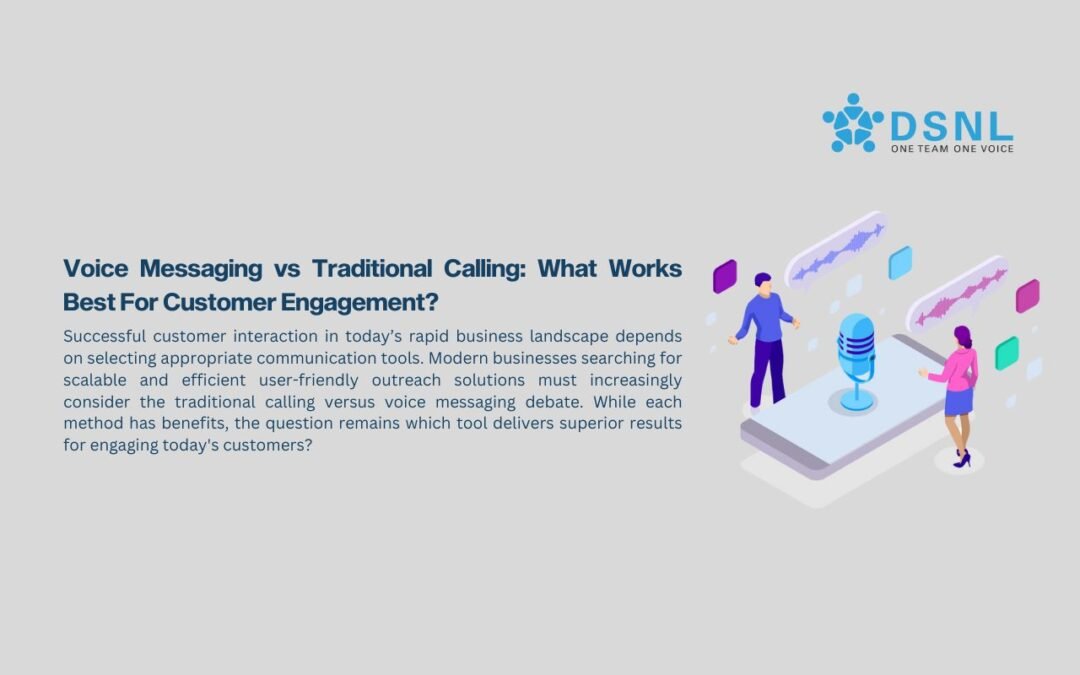Successful customer interaction in today’s rapid business landscape depends on selecting appropriate communication tools. Modern businesses searching for scalable and efficient user-friendly outreach solutions must increasingly consider the traditional calling versus voice messaging debate. While each method has benefits, the question remains which tool delivers superior results for engaging today’s customers?
The Personal Touch of Traditional Calling
Traditional phone calls provide customers with an immediate and personal engagement experience. These tools provide real-time interaction capabilities and enable agents to resolve customer queries immediately while managing sensitive or complex situations with empathy and nuanced understanding. Traditional phone calls serve as a vital method in sectors that demand high customer trust and transparent communication including finance, healthcare, and legal services.
However, traditional calling also presents limitations. Live agents must handle every call which results in a process that demands both significant time and resources. High call volume management results in elevated operational expenses and extended waiting periods that diminish customer satisfaction levels. Customers often regard unscheduled calls as bothersome when they come during business hours or at times outside their preferred schedule.
The Efficiency of Voice Messaging
The use of bulk voice messaging in India represents a scalable and efficient communication alternative. Recorded message delivery services enable businesses to transmit pre-recorded voice messages to thousands of recipients all at once. This method proves to be the perfect solution for distributing reminders along with service updates and emergency alerts and promotional content.
Voice broadcast solutions allow recipients to receive messages without needing to pick up the phone immediately. The system delivers the message while simultaneously storing it for future access so customers can listen whenever they want. Customer convenience leads to reduced interruptions and higher message reception rates. Businesses can collect customer input through keypad responses because real-time response collection features make interactions more dynamic and measurable.
Choosing the Right Approach
Traditional calling and voice messaging remain essential components of customer engagement strategies. Customer service benefits from traditional calls when handling in-depth dialogue that requires emotional intelligence and personalized attention. Voice messaging serves as the best option for reaching large audiences quickly and efficiently while maintaining a uniform communication style.
Businesses achieve optimal outcomes by combining voice messaging to reach large audiences with traditional calls for detailed follow-up or problem-solving. Voice messaging has become an essential component of modern customer engagement frameworks as businesses develop smarter communication strategies.

